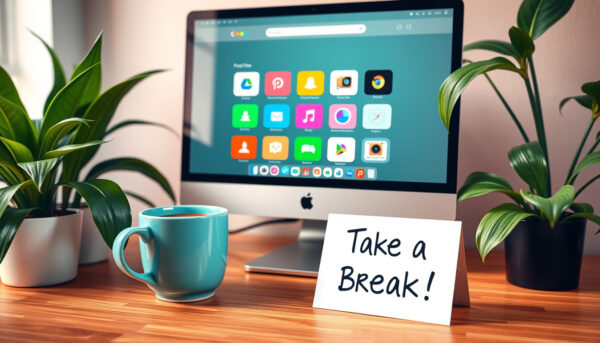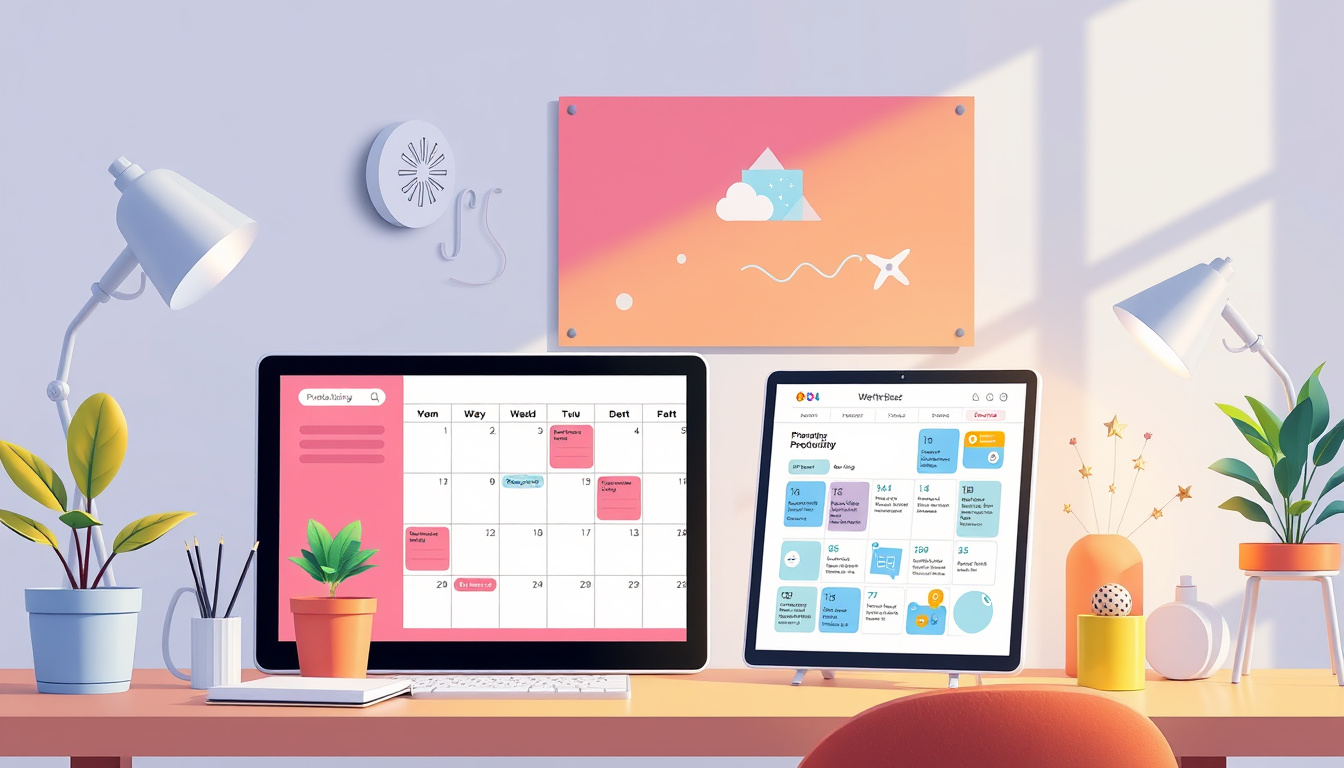Maximize Your Productivity: How to Effectively Set Reminders to Take Breaks

In our fast-paced work environments, taking breaks might seem like a luxury rather than a necessity. However, studies show that the key to maintaining productivity and focus is stepping away from the screen regularly. Setting reminders to take breaks is crucial for both physical and mental well-being. Here’s how you can effectively incorporate these reminders into your workday.

Understand the Importance of Taking Breaks
Our bodies and minds are not designed for prolonged sitting. Research has indicated that sitting for long periods can lead to a range of health issues, including poor posture, back and neck pain, and even increased risk for chronic diseases. To combat these effects, breaks help rejuvenate our physical health and enhance cognitive function, ultimately improving overall productivity.
Breaks also help reduce mental fatigue, increase focus, and enhance creativity. By taking short intervals away from your workstation, you give your mind a chance to reset, allowing you to return with renewed energy and sharper focus.
How to Set Effective Reminders
1. Identify the Right Frequency
Consider how long you typically work before feeling fatigued. A commonly recommended break schedule is a 5-10 minute break every hour of work. However, some may benefit from shorter, more frequent micro-breaks of about 2-5 minutes every 25 minutes. Tailoring this schedule to your own workflow is essential.
2. Use Technology to Your Advantage
There are numerous apps and tools designed specifically to remind you to take breaks:
-
Stand Up! The Work Break Timer: This popular app allows you to customize interval settings, log how often you stand, and even track your history. It’s particularly useful for those who want flexibility in their reminder schedule.
-
Move – Daily Activity to Stay Healthy: This app not only reminds you to stand up but also encourages engaging in quick, invigorating exercises, adding variety to your breaks.
-
Workrave: A comprehensive tool that prompts you to take microbreaks as well as longer breaks, it even suggests exercises to perform during your time away from the computer.
3. Set Visual Cues in Your Workspace
Beyond digital reminders, consider placing tangible reminders around your workstation. This could be a sticky note on your monitor, an alarm clock, or a timer that stands out. These visual cues can serve as an effective prompt, encouraging you to step away.
4. Integrate Breaks Mindfully into Your Workflow
Align your break schedule with your work patterns. For example, you might decide to take a break after finishing a project milestone or when completing a set of tasks. This method of integrating breaks into your workflow can help make them feel like a natural part of your work rhythm rather than a disruption.
5. Make Breaks Enjoyable and Restorative
The purpose of breaks extends beyond merely standing up; they should be used to engage in activities that revitalize you. Consider practices like stretching, going for a short walk, or even practicing mindfulness exercises. Use the break time to step away from screens entirely as a way to reduce eye strain and mental fatigue.
Final Thoughts
Setting reminders to take breaks is a powerful tool for boosting productivity and enhancing overall well-being. Utilizing technology effectively, establishing a personal schedule, and adding enjoyable activities during breaks can radically alter your work experience. By prioritizing regular breaks, you’re not just maintaining productivity; you’re investing in your health and longevity in the workplace. Start incorporating these strategies today and observe the transformation in your productivity and overall job satisfaction.
